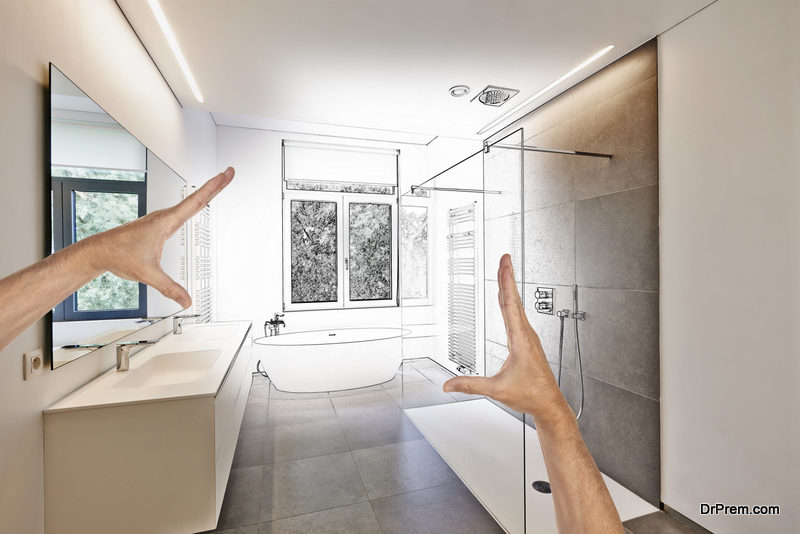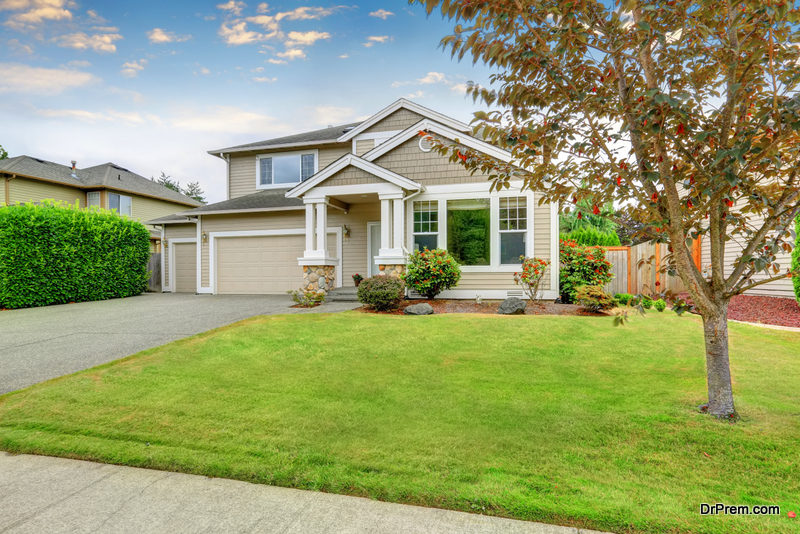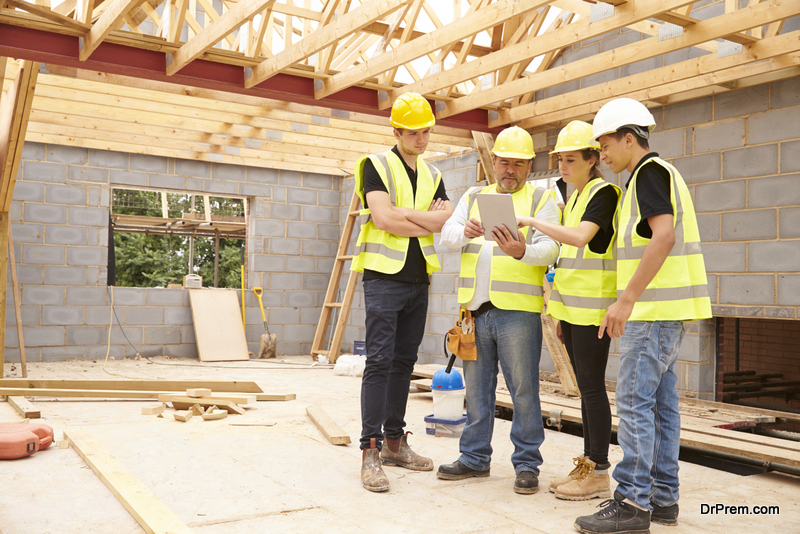Building a new house or undertaking a vast, major renovation project in your current home is already a daunting task. There are anyway scores of factors to consider in the first place – such as the cost, the location, or the durability of your exterior as well as the interiors. This can easily contribute to severe headaches and nightmares for many. But all of this intensifies a thousand times more when you are building or renovating your house in a conservation area within the UK. If you are trying to understand the key factors involved when you plan a construction in a conservation area, read on.
What is a conservation area?
If you are new to UK, you might not be aware of what conservation areas are. To understand what a conservation area is, try to remember what Englishness is. The English people are very particular about the character and essence of their culture and architecture. So, in the 1950s, the nation introduced the concept of conservation areas, to protect and conserve the places and areas that have a significance to the UK culture.
These areas include buildings with special architectural and historic elements to them. So, beautiful country estates, magnificent medieval historic towns, or old city centers constitute the focal point of conservation areas. Currently, there are over more than 10,000 conservation areas present in the UK!
Seeking permission for planning in a conservation area
 In normal areas, for small or big renovations, you generally get the planning permission through the General Permitted Development Order. But, if your house is listed in a conservation area, then things work a little differently.
In normal areas, for small or big renovations, you generally get the planning permission through the General Permitted Development Order. But, if your house is listed in a conservation area, then things work a little differently.
You will need to get a Planning Permission if you wish to make external changes to your house located in a conservation area. And be aware, don’t demolish your house if it is located in a conservation area without first seeking the permission from the local council body. You will find yourself trapped in a criminal offence due to a slight negligence on your part.
At the crux of it all, if you are planning a new construction or renovation in a conservation area, you need to get the Planning Permission first.
Understanding your area well
You will have to first convince the planning authorities and conservation officers that your house’s blueprint doesn’t interfere or destroy any aspect of the conservation area. And here’s the thing. These officers and authorities are well acquainted and highly passionate about the areas they work in, so you cannot fool them.
Instead, you need to really research about the conservation area you are located in. Look out for spots that are sacrosanct to the people there. Or identify locations which might be affected or enhanced because of your construction/renovation plans.
You can take help of an efficient architects to create a design that works best in a conservation area. You can also create different reports which assess the ecology and habitat in the conservation area, along with the flood risk or nature surveys. Or else, get a comprehensive report about planning in a conservation area – whereby you can leave the task of compiling a report for planning applications to professional planning consultants and relax.
The design of your house
 One of the most crucial key factors in planning a construction or a renovation in a conservation area is the design of your house. Since the houses in most conservation areas are hundreds of years old, you might wonder if you will be compelled to design a house that looks a century old. But fortunately, that’s not the case.
One of the most crucial key factors in planning a construction or a renovation in a conservation area is the design of your house. Since the houses in most conservation areas are hundreds of years old, you might wonder if you will be compelled to design a house that looks a century old. But fortunately, that’s not the case.
You can opt for contemporary design for your house, even if it is located in a conservation area. The only key requirement the design of your house needs to meet is the construction/renovation will enhance or at least preserve the current conservation area.
Just seek advice from your local council body, be prepared with the draft of your exterior design, and be ready to convince and compel the local authorities using the same drawings. It is not that hard to plan a house in a conservation area. Just know the laws, follow them to the point, and be rest assured.
Article Submitted By Community Writer




